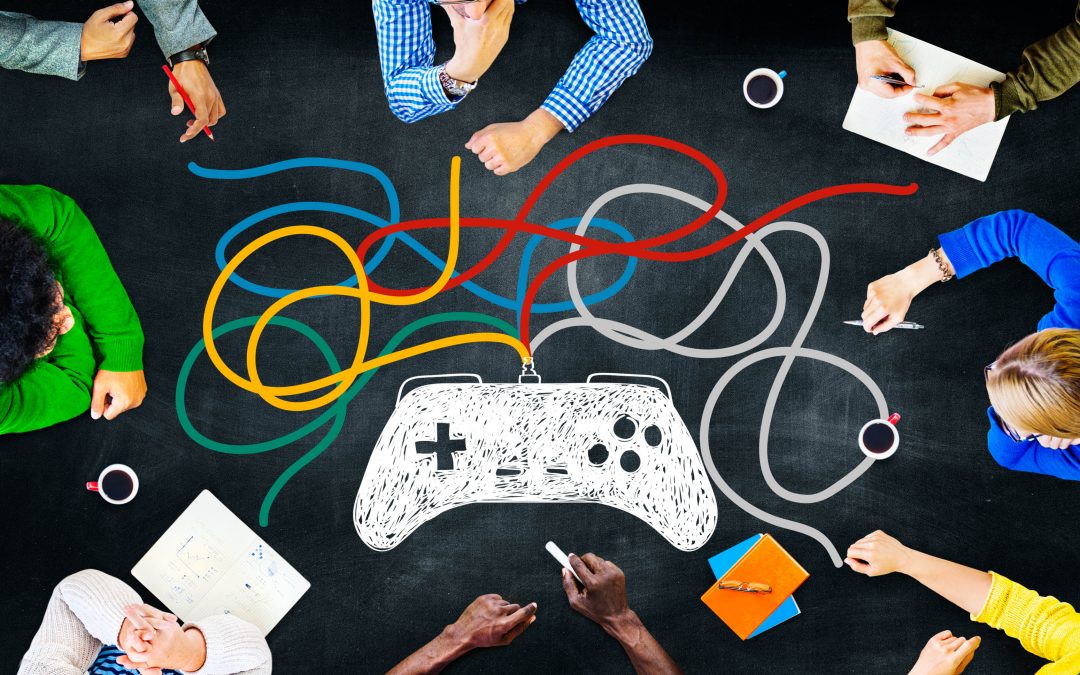You all remember playing games as children: soccer, baseball, checkers, tic-tac-toe, crossword puzzles, Clue or Monopoly. What about the modern day computer-based FreeCell, Fitbits®, and Minecraft? Have you wondered about the latest Pokémon Go that’s hit the news? It’s caused so much distraction that there are accidents and injuries.
What is it about these games that drives us go back to the game again and again?
It’s play, and play is fun.
“In every job that must be done, there is an element of fun.
You find the fun and snap! The job’s a game.”
– Mary Poppins
How can we leverage that fun, or that desire to play, into our everyday tasks? It’s a fine dividing line. While we want to capture the enthusiasm in our daily lives, we must also be adults and be serious to get the task done. It’s nice to be so engrossed in the task, but we don’t want to be injured (physically or mentally) doing so.
Motivating learners is the key to building success.
There are two kinds of motivators: extrinsic and intrinsic. When a person has extrinsic motivators, the work is for material benefits such as money, rewards and points. Intrinsic motivation means that the person’s behavior is driven by internal feelings like happiness, eagerness to learn and excitement. Gamification uses both extrinsic and intrinsic motivators to build success.
How can we include elements of gamification while allowing our audience to discover something new?
- Provide a good start. Provide a story or scenario to make the learners comfortable. Introduce the goals to hook the users and engage them in the process.
- Allow competition. Scoring, rewards points, leader boards, and levels are gamification elements that, when brought into learning and knowledge industry, motivate people.
- Create a safe environment. Help learners practice real-life situations and challenges in an environment that they can comfortably learn. Allow challenges to become more difficult to encourage retention. Provide new rewards to maintain interest.
- Provide instant feedback. Allow learners to compare their results to others or check their own progress so that learners know how close to the goal they are. Success brings joy to the learners and encourages them to continue.
Reap the benefits from gamification.
eLearning Industry identifies the following benefits to gamification:
- Engaged participants
- Increase in recall and retention
- Improved attitudes to learning
- Prolonged participation
- Performance gain, and
- Better results for less money
Gamification can be used to fulfill most learning needs including on-boarding, product sales, customer support, soft skills, awareness creation, and compliance.
We’ve seen great success.
At Innovatia, we used a gamified system where the objective was to help our technical writers assess and improve 8 core skills and foster a change in behaviour. The system included a daily activity of around 10 minutes and 5 assessment activities. The training program is mapped into a story narrative and each core skill is represented by a different theme. Dedicated avatars, leaderboards, badges, weekly winners and email notifications kept the interest alive.
It worked! The game attracted high levels of interest and participation levels of 95% consistently. The technical writers requested topic announcements before-hand and additional reference materials to improve their game.
Have you been curious about gamification, or maybe you’ve seen or experienced the benefits first-hand? Comment below, and let us know what you think!


